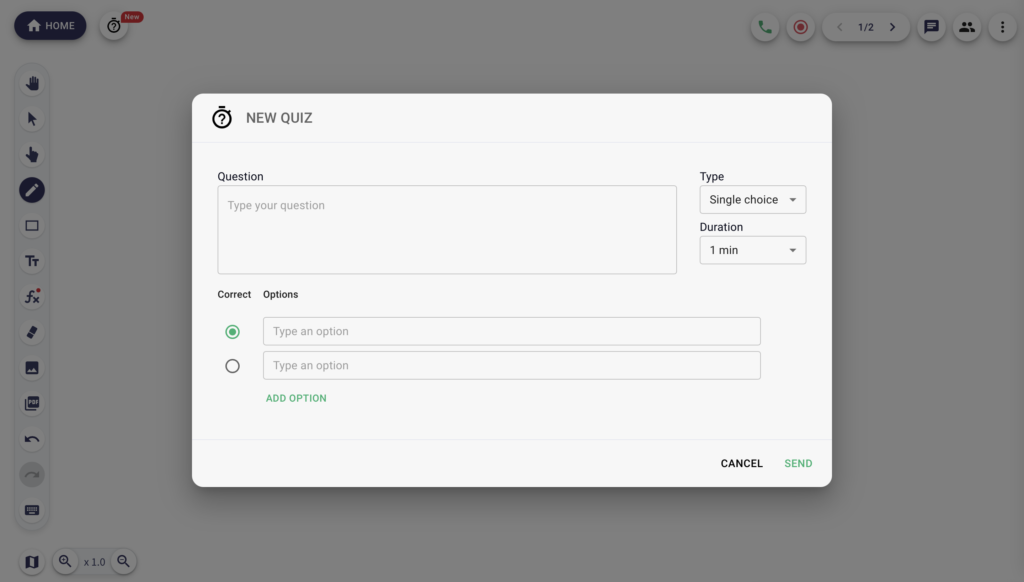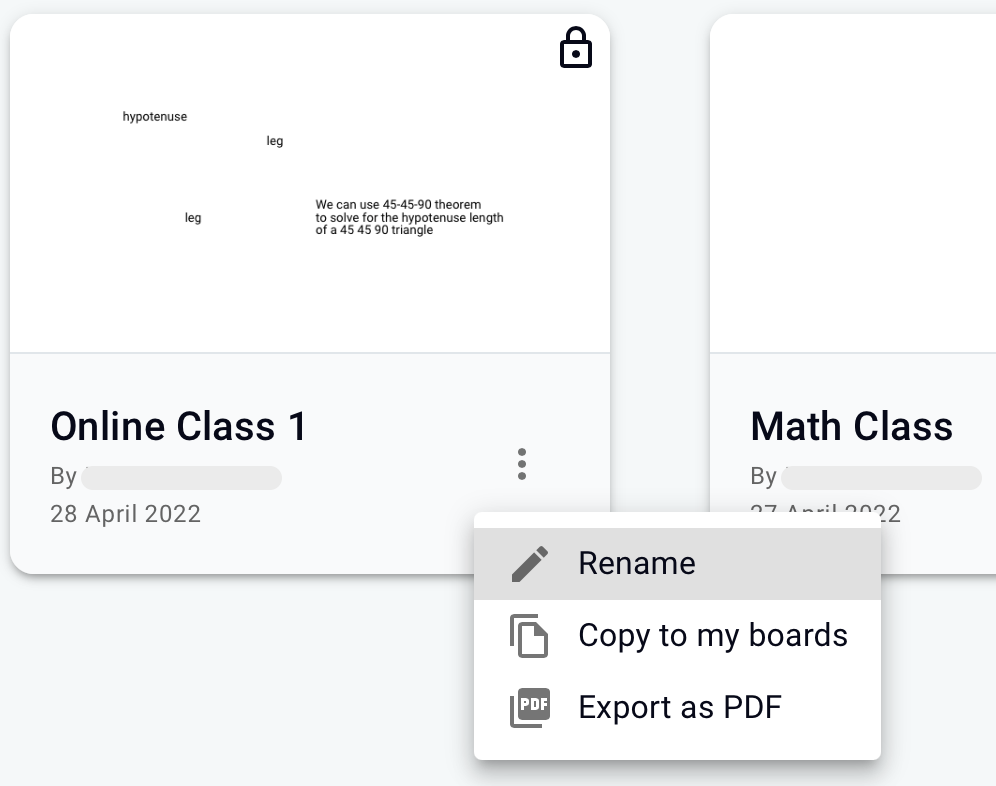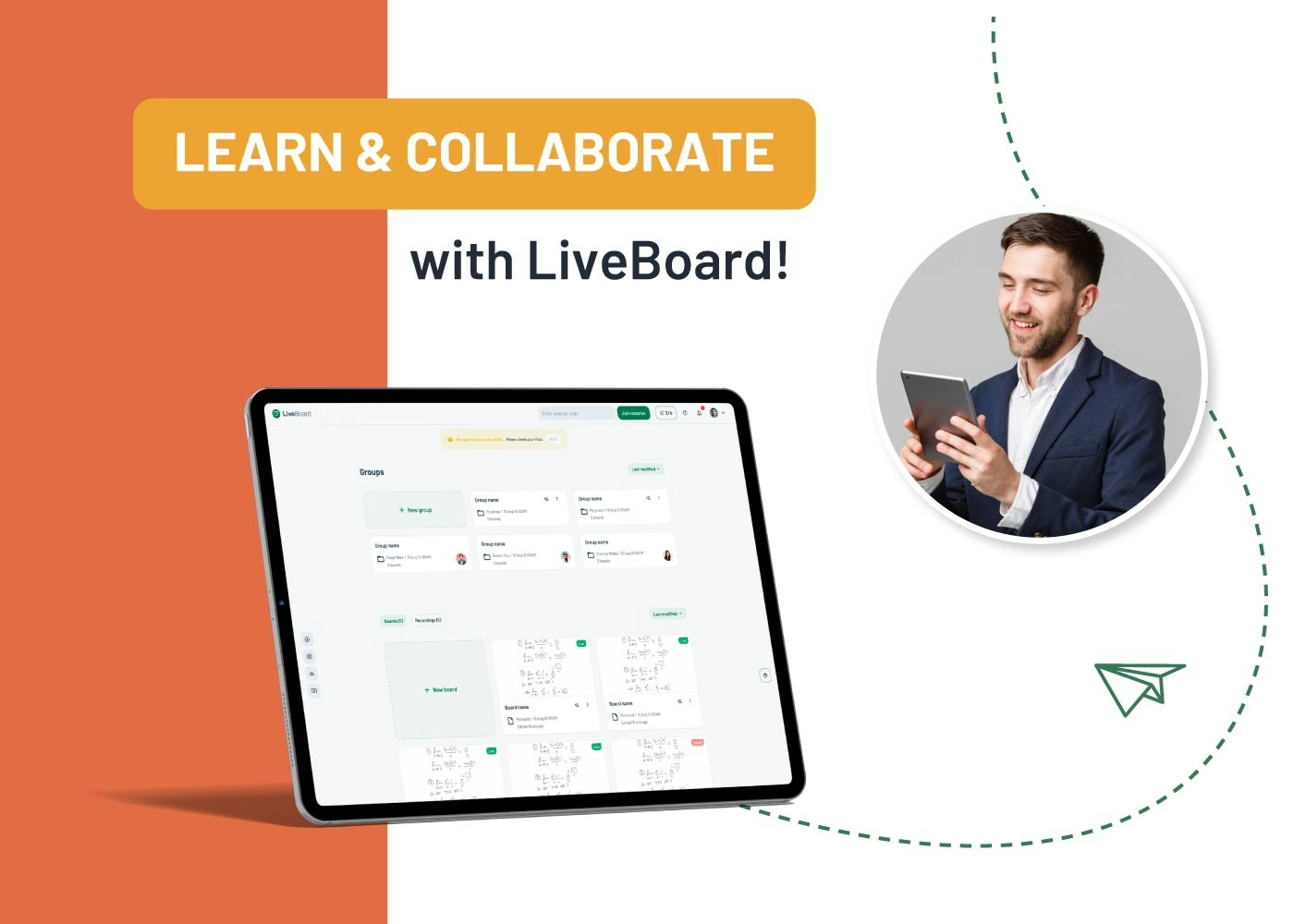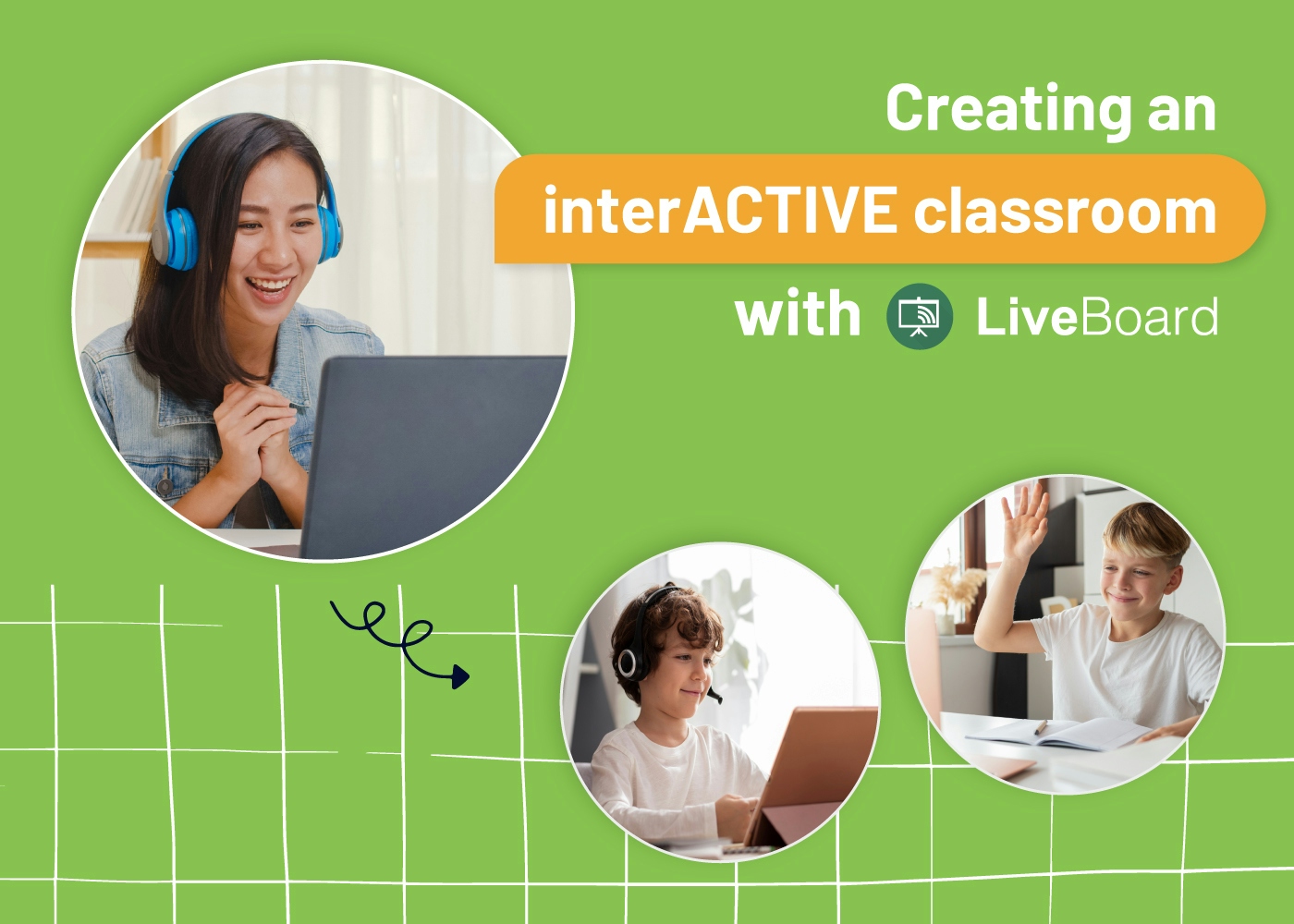Acceleration in education is becoming an increasingly popular way to help struggling learners succeed. It is only natural to see students fall behind in their learning, and each case might have a unique root cause on its own. It is especially true after the global pandemic. Undoubtedly, cases, when students experience learning loss, need to be addressed. There are a variety of acceleration strategies that educators can use, and each student will respond differently to them. Thus, it is essential for a tutor to figure out an effective action plan that can help you get a struggling student back on track. This article will discuss acceleration in education and some strategies educators can implement to foster the effect.

What Is Acceleration In Education?
Acceleration in education refers to various strategies teachers, tutors, and parents can implement to help struggling students meet expected performance levels for their age and grade, catch up to their classmates in education, or fulfill required learning standards.
As such, this can be done during regular classes that students attend and during summer or winter breaks. Additionally, parents usually acquire services of private tutors to help foster this matter, depending on the needs of their children.
Learning acceleration is also used to help students go beyond their academic material, thus learning new content and working with more challenging assignments earlier in their education. This is generally done for students, whether individually, in groups, or even for entire schools, to exceed further ahead of their minimal required age and grade-level expectations.
Acceleration VS Remediation
It is essential to understand the difference between acceleration and remediation.
Remediation is when students fall behind in their learning and need to catch up on their missed material. In this case, the focus is on repeating lessons or going over assignments that were not mastered the first time around. On the other hand, acceleration is when students are moved ahead in their learning, often by being given additional assignments or working with more challenging material.
Again, the goal of acceleration is to help students learn the material faster to catch up to their classmates or meet grade-level expectations. In some cases, it might also be used to challenge gifted students to continue learning and growing at an appropriate pace for their abilities.

A Few Learning Acceleration Strategies For Tutors
There is a wide variety of acceleration strategies and techniques that tutors can use to help students struggling in school. You can also employ these strategies for students who want to excel and move ahead of their peers. Here are some acceleration strategies that you might want to consider when met with this task:
Instructional Differentiation
One acceleration strategy is instructional differentiation. This is when a tutor differentiates instruction based on the student’s needs, adapting their teaching methods accordingly. As a tutor, you shall provide the student with instruction that meets their learning level, measured via formative assessments in each learning period.
Expanded Learning Material
Another acceleration strategy is to use expanded learning material. The tutor covers more content than what is typically covered in a regular lesson. This can be done by adding extra assignments or working with more challenging material. This can be done both to help struggling students and further push fast learners’ potential.
Compacted Curriculum
A third acceleration strategy is a compacted curriculum. This is when the tutor covers the same amount of material but in a shorter amount of time. This can be done by eliminating non-essential material or by condensing assignments. This way, students will focus on what would be more essential within compacted time limits.
Maintaining High Expectations
A fourth acceleration strategy is to maintain high expectations for the student. This means that the tutor challenges the student to do their best and meet high standards. This can be done by setting high expectations for assignments and quizzes. It might also involve having discussions with the student about their future goals. High expectations should not be lowered but can be raised if appropriate to keep the student on track.
Use LiveBoard to Accelerate Students’ Education
One way to employ acceleration strategies is by using LiveBoard.
LiveBoard is an online whiteboard that helps connect tutors and students for real-time collaboration. It’s an essential tool for accelerating a student’s education as it allows for fast and easy communication between tutor and student.
By using LiveBoard, tutors can easily share resources, ideas, and information with students in real-time. This way, students can get the help they need right away, and tutors can provide more targeted instruction.
LiveBoard also allows for easy differentiation as it provides various features that can be tailored to each student’s individual needs.
For example, LiveBoard’s virtual whiteboard can be used to write down notes, draw diagrams, and highlight important information. This way, for students who are visual learners it would be easy to follow along and engage with the material.

LiveBoard also lets you make short quizzes on the spot. You can set the question type to either single or multiple choice, as well as set the duration. This way, you can assess students’ understanding level and make sure that they have grasped all the presented material.

In addition, LiveBoard offers a wide range of features that allow for easy collaboration between the teacher and students, which you can also use with Zoom, Google Meet, and other software alike. For example, the chat feature allows for real-time communication so that students can ask questions and get clarification right away, in case you don’t want to be abruptly interrupted while presenting the material. The file-sharing feature also allows tutors to easily share resources with students. You can also export the class notes as a PDF file and share them with your students for further reference.

Overall, LiveBoard is an essential tool for acceleration in education as it allows for easy differentiation, real-time collaboration, and custom-made lessons.
If you’re looking for a way to help struggling students, consider using LiveBoard to accelerate their learning.


